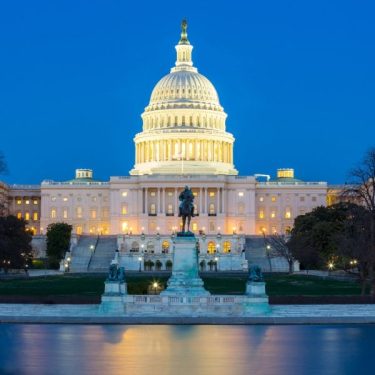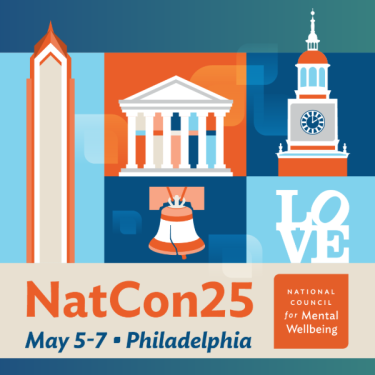Contact:
Sophia Majlessi
SophiaM@TheNationalCouncil.org
(202) 856-5099
WASHINGTON, DC (December 1, 2021) – The National Council for Mental Wellbeing today introduced “Getting Candid: Framing the Conversation Around Youth Substance Use Prevention,” a new message guide to assist youth-serving providers in their efforts to prevent substance use among young people ages 12 – 18.
Over the past year, the National Council for Mental Wellbeing, with funding from the Centers for Disease Control and Prevention (CDC), has led a novel initiative to empower youth-serving providers in the wake of the COVID-19 pandemic to engage youth in substance use prevention conversations.
Developed using both qualitative and quantitative research methodologies, including the input of youth, the substance use prevention guide teaches providers what to say and how to say it.
“Our goal is to support youth-serving providers across the country so they can have meaningful, productive conversations with youth about the risks of substance use in a way that resonates with them,” said Alexandra Plante, director at the National Council. “This new resource is long overdue, and we’re happy to make it available to youth-serving providers who are interested in embracing new ideas and strategies.”
More than 93,000 people died from drug overdoses in 2020, according to preliminary data from the U.S. Centers for Disease Control and Prevention (CDC). “Now more than ever, if we hope to turn the tide on rising numbers of overdose and alcohol related injuries and deaths,” Plante said.
Beyond the human toll, alcohol and drug use cost the U.S. more than $740 billion annually in health care costs, lost work productivity and crime, according to estimates by the National Institutes of Health.
Age of initiation – the age one begins using alcohol and other drugs – is a known risk factor for substance use disorder development. More broadly, alcohol and other drug use during one’s youth has been found to affect brain development, correlate with risky sexual behaviors, car accidents and contribute to health problems such as heart disease, high blood pressure and sleep disorders.
While the COVID-19 pandemic has fueled mental health and substance use challenges across people of all ages, this has especially been the case among youth. A majority of parents say their children’s mental wellbeing worsened during the past year-and-a-half because of remote learning and social isolation, according to a recent poll from the National Council.
As with any health communication effort, prevention messaging needs to continue to evolve to meet the changing needs of the times. Even amidst the COVID-19 pandemic, youth-serving providers and organizations continue to serve as a first line of defense against alcohol and other drug use. The “Getting Candid” message guide hopes to help providers think about what to say, what not to say and how to help young people connect with services when needed.
Working alongside the CDC to prevent youth substance use during these unprecedented times and beyond, The National Council for Mental Wellbeing continues efforts to create and implement prevention practices that inspire youth to live happier and healthier lives.
FINANCIAL DISCLAIMER: This project is supported by the Centers for Disease Control and Prevention (CDC) of the U.S. Department of Health and Human Services (HHS) as part of a financial assistance award totaling $2,000,000 with 100% funded by CDC/HHS. The content is that of the author(s) and do not necessarily represent the official views of, nor an endorsement, by CDC/HHS or the U.S. Government.
About The National Council
Founded in 1969, the National Council for Mental Wellbeing is a membership organization that drives policy and social change on behalf of over 3,200 mental health and substance use treatment organizations and the more than 15 million children, adults and families they serve. We advocate for policies to ensure access to high-quality services. We build the capacity of mental health and substance use treatment organizations. And we promote greater understanding of mental wellbeing as a core component of comprehensive health and health care. Through our Mental Health First Aid (MHFA) program, we have trained more than 4 million people in the U.S. to identify, understand and respond to signs and symptoms of mental health and substance use challenges.




